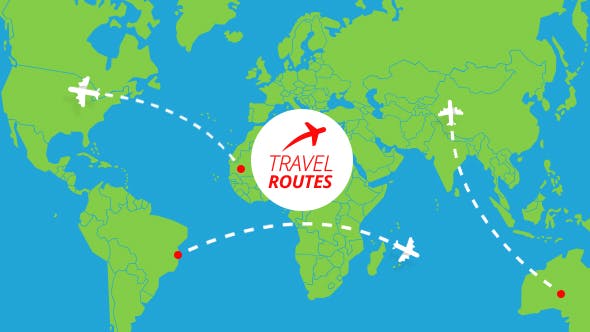Optimization problem involves finding the best solution among feasible options, aiming to maximize or minimize a certain objective function while adhering to constraints or limitations.
Optimization has become a buzzword today. The world is all about optimization.
When something is optimized, it is at its ‘best.
Engineers are constantly looking for ways to get the best performance out of machines.
Athletes look for ways to get their bodies to perform at the best level.
We look for ways to push the limits in our everyday lives and get the best performance in different tasks.
However, the ‘best’ varies in different situations. For some situations, it can mean maximizing while in others it may mean minimizing.
Optimization problems allow mathematicians to look for the largest or smallest value that can be applied to a function.
Optimization problems consist of:
- An objective function f(x), which is the output which you are trying to minimize or maximize
- Variables (xn), which are the inputs that can be controlled and constraints
- hn(x), which are the limits to how large or small the variables can be.
Optimization problems are applied in real life to help people make better use of the resources available to them.
The following are 8 examples of optimization problems in real life.
1. Improving Athletic Performance

Optimization problems are used by coaches in planning training sessions to get their athletes to the best level of fitness for their sport.
For example, if a coach wants to get his players to run faster yards, this will become his function, f(x).
He has the option to make his athletes spend more time in the weight room, going through drills or running sprints. These are his variables, x1, x2 and x3.
However, the coach has limits to the time available for training. He can’t sacrifice any of the training sections as each is important for the overall performance of the players.
These present constraints. He would need to consider the variables and allocate time to each training section to help his athletes improve their speed while avoiding a compromise in other areas of their performance.
2. Determining Product Pricing To Maximize Profit

It is vital that manufacturers determine the best price for products they are introducing into the market.
This ensures that they are able to make the best profit (maximize their profit) from the manufacture and sale of the product.
Maximizing profit is, therefore, the function or objective of the manufacturer.
Manufacturers use market research to determine the maximum and minimum prices they can sell their products at to make a profit (variables).
In order to make a profit, the manufacturer will have to limit production to a certain number of items (constraint).
3. Determining Manufacturing Capacity

Manufacturers can also apply optimization to determine the factory’s manufacturing capacity. This helps them to determine the number of items they can comfortably produce and how to distribute their resources for optimal production.
The absolute maximum (critical point) is the function. Time of operation is the constraint for production.
The variables may include the distribution of resources such as number of workers on different sections of production.
4. Planning Travel Routes

Optimization problems can be applied in transportation to plan out travel routes. This is especially the case where different transportation options are available or one has to travel over different terrains.
For example, if you want to minimize the time used to travel from point A to B, you would need to consider the options available to you.
If you had the option to take an off-road detour at point C in the road or drive the longer but smoother route along the main road all the way to point B, you would need to consider the average speed you would travel over the different terrain to determine which route would be best to minimize your travel time.
5. Determining Distribution Of Cellphone Network Towers

We rely on cellphones to communicate from just about anywhere without having to be physically connected to the network.
This is made possible by the distribution of base stations and cellphone towers to ensure transmission of signals.
The distribution of these towers and stations must be optimal to avoid interference while ensuring quality communication.
Telecommunication companies must determine the optimal distance between base stations and the different frequencies to assign to different stations to minimize interference and maximize signal transfer.
6. Investment Portfolio Management

Investment portfolio managers apply optimization to determine the best way to allocate funds when investing in stocks. They do this to minimize their risks and maximize their returns.
Portfolio managers can determine the how to allocate available funds to different stocks and maximize returns while minimizing the input by portfolio holders.
They model different scenarios for given duration to determine risk.
7. Determining Optimal Feed Blending

Farmers must determine the best feed blend for their animals. In this case, the best feed blend would be one that meets the nutritional needs of their animals.
It should also be one that minimizes their total costs.
Farmers are therefore able to get healthy and productive animals while minimizing their costs.
They maximize their profits while minimizing their inputs.
10. Crop Planning

Optimization can also be applied in crop planning. Farmers use forecasts on weather and market conditions to determine which crops to plant and how much of each crop to plant.
Farmers may consider factors such the rise or drop in the price of different crops to determine how much of each crop to plant to ensure the profitability of their farm.
Parting Thoughts
There you have it; examples of optimization problems in real life. Optimization problems help us make better use of our resources. We are able to get better results while minimizing our input and avoiding risks.
